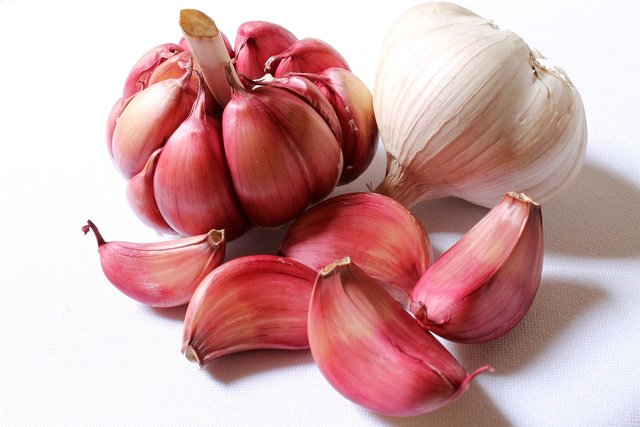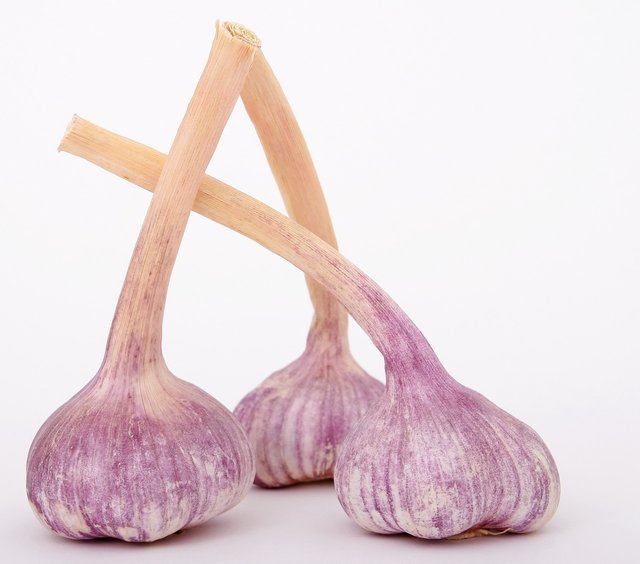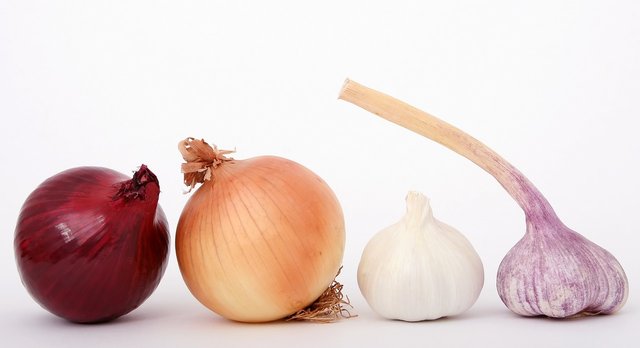Benefits of garlic
Garlic is a versatile and widely used culinary ingredient that belongs to the Allium family, along with onions, shallots, and leeks. It has been cultivated and used for thousands of years in various cuisines and traditional medicine practices around the world. Garlic is known for its distinctive flavor and aroma, and it is valued not only for its taste but also for its potential health benefits.
Here are some key points about garlic:
Botanical Description: Garlic (Allium sativum) is a perennial plant with long, flat leaves and a bulb composed of individual cloves. The cloves are covered in a papery skin, and when the bulb is broken, the cloves can be separated and used individually.
Culinary Uses: Garlic is an essential ingredient in numerous cuisines worldwide, including Italian, Mediterranean, Indian, Chinese, and many others. It is often used as a flavor enhancer, adding a distinct and pungent taste to dishes. Garlic can be consumed raw, roasted, sautéed, or used in the form of garlic powder or paste.
Flavor and Aroma: Garlic has a strong and savory flavor with a combination of sweetness and spiciness. When cooked, the flavor becomes milder and more aromatic. Raw garlic can have a sharp and slightly bitter taste.
Nutritional Content: Garlic is low in calories but rich in essential nutrients. It contains vitamins C and B6, minerals such as manganese and selenium, and small amounts of calcium, iron, and potassium. Garlic also contains sulfur compounds, including allicin, which is believed to be responsible for many of its health benefits.
Health Benefits: Garlic has been associated with various potential health benefits. It may have antimicrobial and antiviral properties, support cardiovascular health by reducing blood pressure and cholesterol levels, and provide antioxidant effects that help protect against cell damage. Garlic has also been studied for its potential anticancer properties and its ability to boost the immune system.
Traditional Medicine: Garlic has a long history of use in traditional medicine practices. It has been used to treat various ailments, including respiratory infections, digestive issues, and even as a topical remedy for skin conditions. However, it's important to note that while garlic may offer certain health benefits, it is not a substitute for professional medical advice or treatment.
Cautions and Precautions: Garlic is generally safe for most people when consumed in moderate amounts as part of a balanced diet. However, some individuals may experience digestive discomfort or allergic reactions to garlic. It may also interact with certain medications, particularly blood-thinning drugs. If you have specific health concerns or are taking medications, it's best to consult with a healthcare professional.
Culinary Tips: When using garlic in cooking, it's recommended to peel and finely chop or mince the cloves to release the maximum flavor. Adding garlic early in the cooking process will create a milder flavor, while adding it towards the end will result in a stronger taste. You can also roast whole garlic bulbs for a sweeter and more delicate flavor.
Overall, garlic is a versatile and widely appreciated ingredient that adds a distinct taste and aroma to a wide range of dishes. Whether enjoyed for its culinary appeal or potential health benefits, garlic continues to be a staple ingredient in many cultures around the world.



